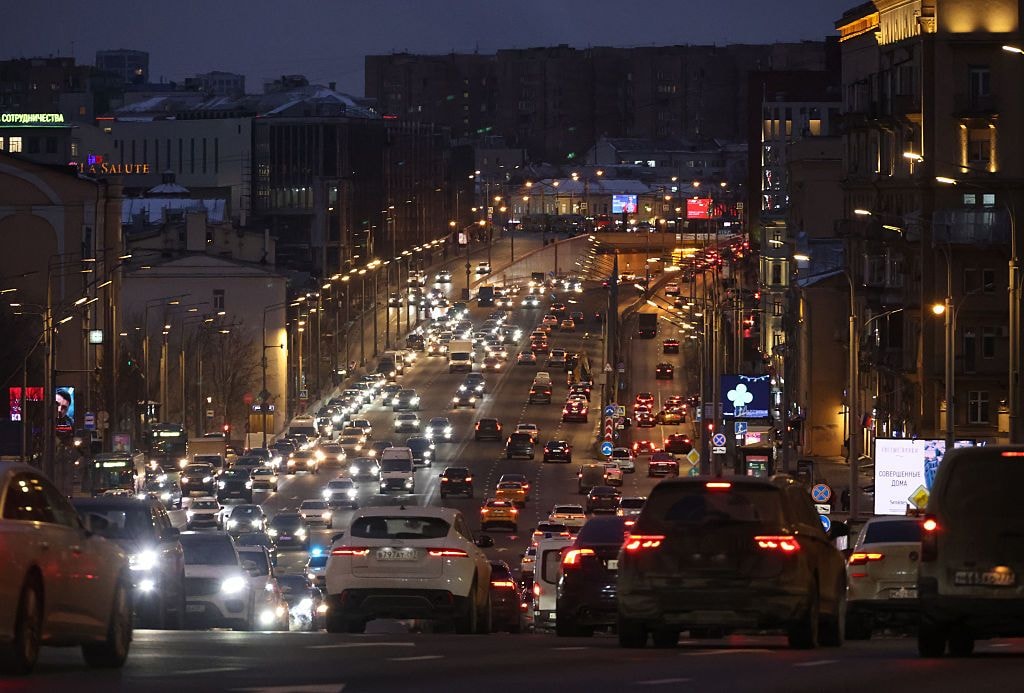Russia's economy will face sharp decline after second quarter of 2024, Bloomberg reports

Russia is on track for an intense economic slowdown due to significant labor shortages and constraints placed on the key sectors that backed growth until now, Bloomberg reported on Aug. 9.
Labor resources are practically drained while the competition between the military and business for recruits becomes more fierce, the outlet writes.
This is likely to limit the further growth of defense-related industries. The banking and construction sectors are no longer protected from the impacts of high interest rates as the government shuts down the state-subsidized mortgage programs.
Despite Russia's GDP growing by 4% in the first quarter of the year, it will likely slow down to 2% in the last half of the year and hit 0.5% - 1.5% in 2025, says Alex Isakov, Russia economist at Bloomberg Economics.
The government's massive increase in spending to finance the invasion of Ukraine in 2022 caused Russia's economy to overheat to a level it has not seen since before the 2008 global financial crisis, Bank of Russia Governor Elvira Nabiullina in her comment to Bloomberg.
"Reserves of labor and production capacity are almost exhausted," Nabiullina said.
As a result of the full-scale invasion, Russia's spending on national defense rose from 3.6 trillion rubles ($51 billion) in 2021 to 6.4 trillion rubles ($75 billion) in 2023 and is expected to rise to 10.8 trillion rubles ($120 billion), or 29.4% of the budget, in 2024.
In February 2024, U.S. intelligence estimated that since the beginning of the full-scale invasion, Russia has spent up to $211 billion on military operations in Ukraine. The war has cost Russia up to $1.3 trillion in lost economic growth through 2026, an undisclosed source in U.S. intelligence in a comment to Reuters.











